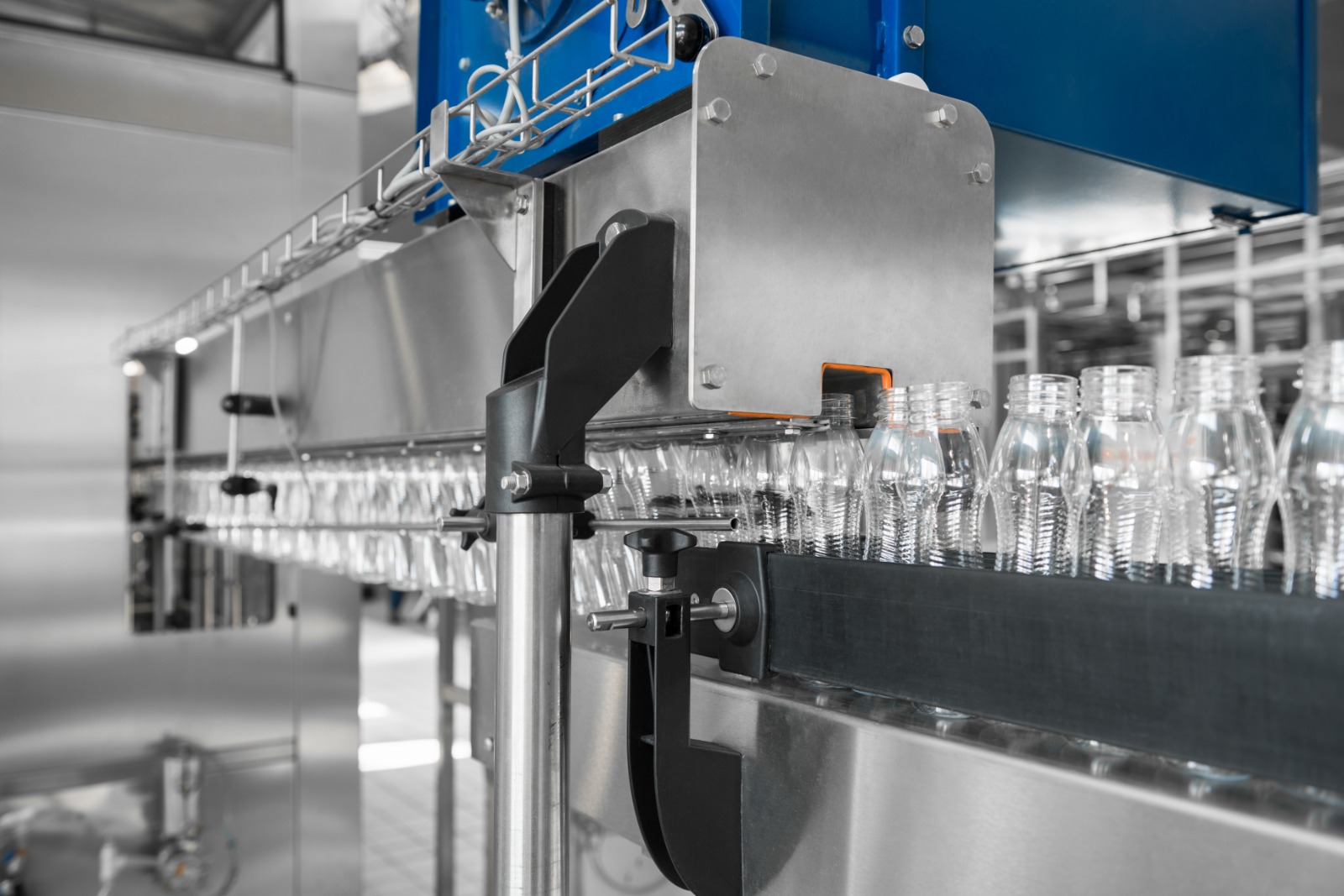AC Drives form the basis of industrial automation and motion control systems. When faced with the decision to use an AC drive, you may consider issues such as costs, maintenance, spare parts. To assist you in the decision-making process, we consider the contributions an AC drive offers to machine automation.
They Can Be Used Anywhere
No sparks are generated when operating an AC drive, making it a great option for more corrosive or wet environments. On the other hand, a DC drive generates a lot of spark, which can make it potentially dangerous in the presence of water. This is something to keep in mind especially when it comes to running HVAC units, for example.
No Upper Speed Limits
The absence of an upper speed limit means operators can have more control over the AC drive and subsequent speed. The operator can change the speed of the AC drive by varying the frequency of the electrical power supply, making it a useful device in a wide variety of situations and applications.
Delivers Highly Dynamic Responses
Speaking of changing the speed, an AC drive has high dynamic response, so it can handle sudden speed changes very well. This is useful when building high-efficiency machines and improving production results and experience. A DC drive takes longer to adapt to a speed change, which can result in reduced efficiency.

Compactness and Affordable Price
One of the biggest advantages of AC drive is that it can help reduce machine expenses. The parts and components in an AC drive tend to be smaller and more compact than a DC drive, making AC drives less expensive. Also, the space an AC drive can save is another way it can contribute to reducing costs.
An AC drive does not require commutation and does not have a rectifier, so it consumes less power than a DC drive.

They Require Less Maintenance
AC Drives require much less maintenance than conventional speed controllers. Also, the converter in an AC drive helps its efficiency and allows for less routine inspection and maintenance.

High Energy Efficiency
Most motors are designed to spin at a certain speed depending on the number of magnetic poles built into them and the applied supply voltage and frequency. They cannot change their speed. Even for fixed speed systems, it can be difficult to find a motor that rotates at the right speed for the specified application. Therefore, extra parts are often needed, such as gears, shock absorbers or variable speed drives.
Variable speed drives provide effective speed control of AC motors by changing voltage and frequency. Controlling the speed of a motor gives users improved process control, less wear on machines, increased power factor and huge energy savings.




